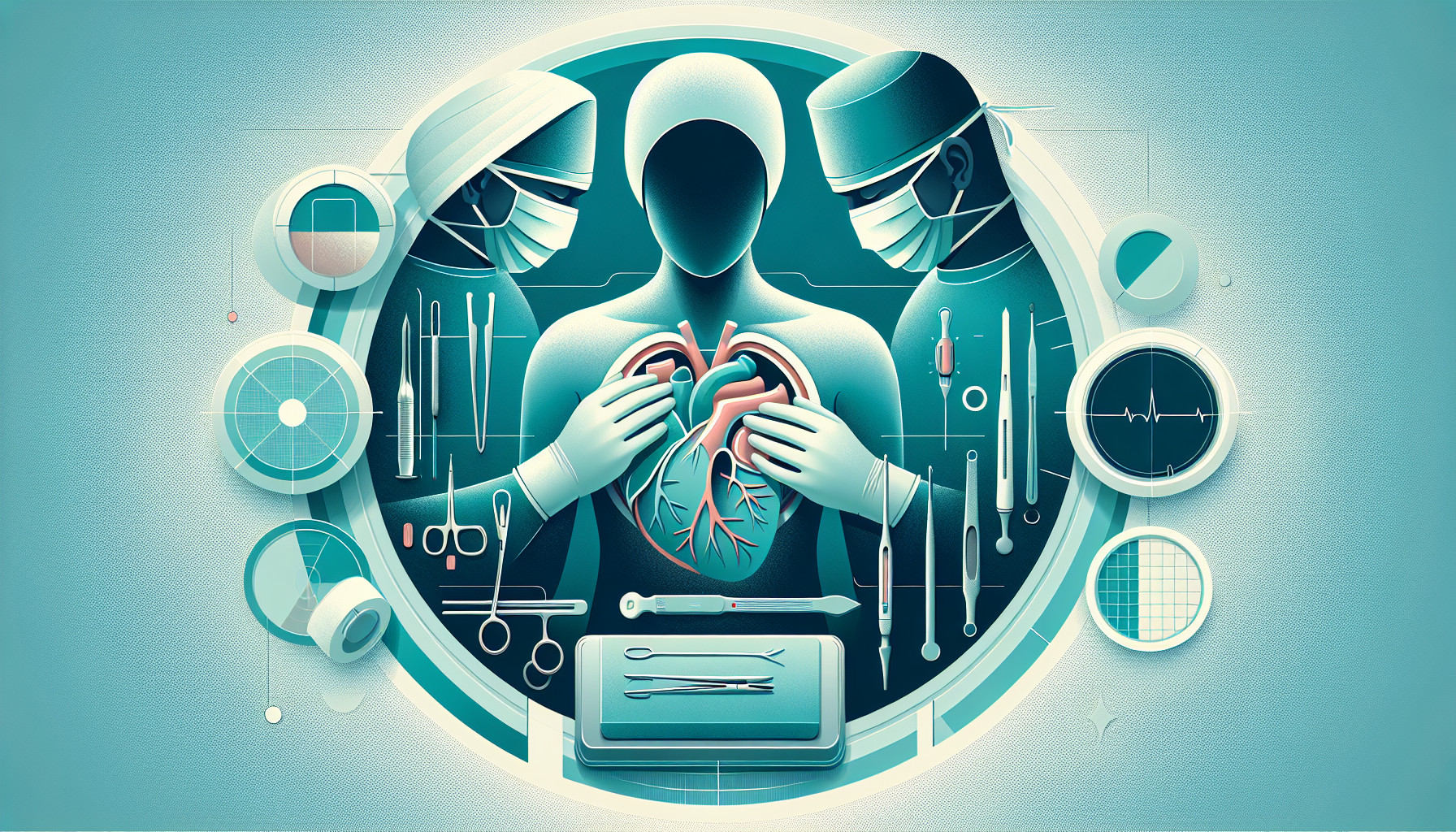Our Summary
This research paper aims to give an all-inclusive examination of mitral valve disease, which includes both mitral stenosis (narrowing of the mitral valve opening) and mitral regurgitation (leakage of blood backward through the mitral valve each time the left ventricle contracts). The study starts with an understanding of the structure of the mitral valve.
Recent advancements in 3D imaging have provided a clearer visual of the valve’s structure. Rheumatic disease continues to be the leading cause of mitral stenosis worldwide. The best treatment for this, when suitable and in patients with the right anatomical characteristics, is a non-surgical procedure called percutaneous balloon mitral valvuloplasty.
Mitral regurgitation is grouped into two categories: primary (when there’s an issue in the mitral apparatus itself) and secondary (caused by changes in the shape of the left ventricle of the heart). Surgery is still the preferred treatment for severe primary mitral regurgitation, but non-surgical methods to repair or replace the mitral valve are being thoroughly researched.
Mitral valve disease is common. To provide the best patient care, it’s important to have a detailed understanding of the structure of the mitral valve and the diseases that can affect it.
FAQs
- What is the number one cause of mitral stenosis worldwide?
- What is the difference between primary and secondary mitral regurgitation?
- How has three-dimensional imaging impacted our understanding of mitral valve anatomy?
Doctor’s Tip
A helpful tip a doctor might tell a patient about mitral valve repair is to follow a healthy lifestyle, including maintaining a balanced diet, regular exercise, and avoiding smoking and excessive alcohol consumption. These lifestyle factors can help improve overall heart health and potentially reduce the risk of complications or the need for further interventions in the future. Additionally, it is important for patients to closely follow their doctor’s recommendations for medication management and regular follow-up appointments to monitor their heart health after mitral valve repair.
Suitable For
Patients who are typically recommended mitral valve repair include those with severe primary mitral regurgitation, as surgery, preferably repair, is still the recommended therapy for this condition. Additionally, patients with mitral stenosis caused by rheumatic disease may be recommended for percutaneous balloon mitral valvuloplasty if they are anatomically eligible. Patients with secondary mitral regurgitation caused by left ventricular geometrical alterations may also be considered for percutaneous approaches to repair or replace the mitral valve. Overall, a careful understanding of mitral valve anatomy and the disease processes that affect the valve is crucial for providing optimal patient care.
Timeline
Before mitral valve repair:
- Patient may experience symptoms such as shortness of breath, fatigue, chest pain, palpitations, and swelling in the legs and ankles.
- Patient may undergo diagnostic tests such as echocardiogram, cardiac MRI, and cardiac catheterization to assess the severity of the mitral valve disease.
- Treatment options such as medications to manage symptoms or surgical intervention may be discussed with the patient.
After mitral valve repair:
- Patient undergoes mitral valve repair surgery, either through traditional open-heart surgery or minimally invasive techniques.
- Recovery period typically involves hospitalization for a few days to monitor for complications and ensure proper healing.
- Patient may experience improvements in symptoms such as reduced shortness of breath, increased energy levels, and improved exercise tolerance.
- Follow-up appointments with the cardiologist and cardiac surgeon are scheduled to monitor the success of the mitral valve repair and assess long-term outcomes.
What to Ask Your Doctor
- What are the potential risks and benefits of mitral valve repair surgery?
- How long is the recovery period after mitral valve repair surgery?
- Will I need to take medication after the surgery, and if so, for how long?
- Are there any lifestyle changes I should make following mitral valve repair surgery?
- How often will I need follow-up appointments and tests after the surgery?
- What are the signs and symptoms I should watch out for that may indicate a complication after the surgery?
- Are there any restrictions on physical activity or exercise following mitral valve repair surgery?
- Will I need additional procedures or treatments in the future to maintain the health of my mitral valve?
- What is the long-term outlook for someone who has undergone mitral valve repair surgery?
- Are there any alternative treatments or procedures available for mitral valve disease that I should consider?
Reference
Authors: Harb SC, Griffin BP. Journal: Curr Cardiol Rep. 2017 Aug;19(8):73. doi: 10.1007/s11886-017-0883-5. PMID: 28688022
